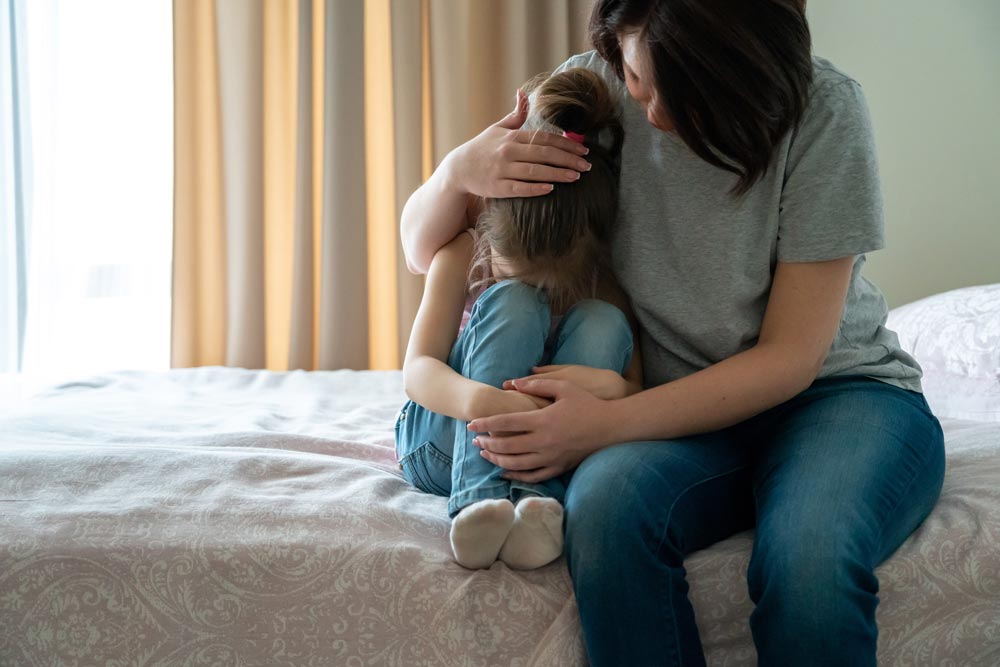In the realm of child care, particularly for those who have experienced trauma and exploitation, creating safe spaces is not just a matter of physical security but a profound emotional and psychological necessity. Traumatized children often carry invisible scars that necessitate environments where they feel secure, respected, and understood. As caregivers and advocates, it is our paramount responsibility to foster such environments, cultivating trust as the cornerstone of healing.
Understanding Trauma and its Impact
Trauma comes in various forms and affects each child differently. It could stem from abuse, neglect, loss, or exposure to violence and exploitation. For these children, trust might be fractured, and the world might seem inherently unsafe. The journey toward healing begins with acknowledging these realities and creating spaces where they feel heard and validated.
The Role of Safe Spaces
Safe spaces extend beyond physical boundaries. They encompass emotional and psychological realms where children feel seen and valued for who they are. Establishing such spaces involves intentional practices that prioritize empathy, sensitivity, and understanding.
1. Cultivating Empathy
Empathy forms the bedrock of trust-building. It involves stepping into the shoes of the child, understanding their experiences, and validating their emotions without judgment. By showing genuine concern and compassion, caregivers bridge the gap between trauma and healing.
2. Consistency and Predictability
For traumatized children, consistency fosters a sense of stability in an otherwise unpredictable world. Establishing routines, boundaries, and expectations provides a sense of security, allowing children to gradually let down their guard and embrace vulnerability.
3. Creating a Culture of Safety
Safety goes beyond physical protection; it encompasses emotional and psychological well-being. Creating a culture of safety involves fostering an environment where children feel empowered to voice their concerns, seek support, and express themselves without fear of retribution.
4. Building Trust through Transparency
Transparency builds trust by fostering open communication and honesty. Children who have experienced trauma may harbour deep-seated distrust toward authority figures. By being transparent about decisions, actions, and intentions, caregivers demonstrate respect for the child’s autonomy and foster a sense of trustworthiness.
5. Providing Supportive Relationships
Meaningful relationships serve as anchors for traumatized children navigating turbulent waters. Caregivers play a pivotal role in providing emotional support, guidance, and validation. By forging authentic connections built on trust and mutual respect, caregivers become allies in the child’s journey toward healing.
Conclusion: Nurturing Hope in Safe Spaces
Creating safe spaces for traumatized children is not a one-time endeavour but an ongoing commitment rooted in empathy, compassion, and understanding. It requires patience, resilience, and unwavering dedication to the child’s well-being. In these safe spaces, children discover their inherent resilience, reclaim their sense of self-worth, and dare to hope for a brighter tomorrow.
As caregivers and advocates, we hold the power to shape the narrative of healing, one safe space at a time. Let us stand as beacons of light in the darkness, offering solace, support, and sanctuary to those who need it most. Together, we can build a world where every child feels safe, valued, and worthy of love.
In the end, it is the collective effort of caregivers, communities, and society at large that paves the way for healing and transformation. Let us join hands in creating safe spaces where traumatized children can thrive, flourish, and embrace the fullness of life’s possibilities.




